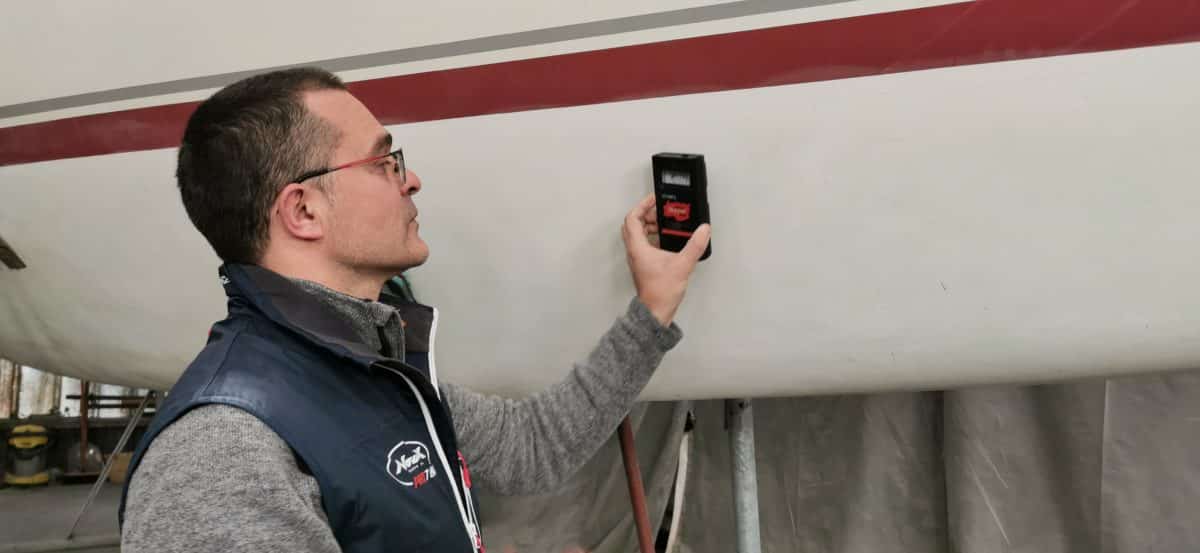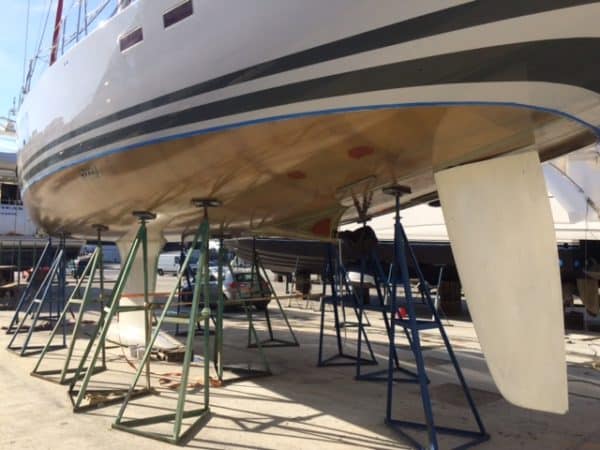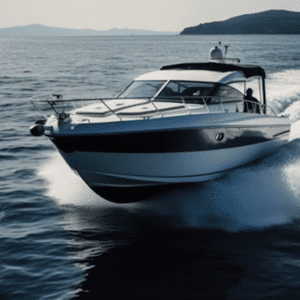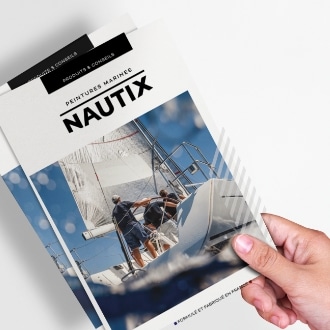Examine the hull
The first step is to visually examine the hull. The classic signs of osmosis are blisters which, when pierced, give off a vinegary odour (acetic acid).
In this case, we must :
- Determine whether the problem is general or localized
- Determine whether the blister is superficial (positioned between two coats of antifouling or primer?) or at its deeper source (the fiberglass is apparent at the bottom of the blister).
Note that some types of osmosis may not be visible to the naked eye, particularly on older boats where the membrane has become completely porous. If the blisters are localized and/or superficial, it’s probably not a structural osmosis problem. In all cases, however, we advise you to test the boat’s humidity.
Moisture content test
This analysis consists of using a device to evaluate, by comparison, the level of moisture in the hull. This tester analyzes the conductivity between 2 probes. As water is an electrical conductor, the higher the humidity level, the higher the conductivity level. Please note that this test is only valid for composite boats. It should not be carried out on metal hulls, which by their very nature are highly conductive.
The boat should be tested at various points above and below the waterline, and the values obtained compared. A boat is considered to be “wet” when the rate below the waterline is 5% higher than the rate above the waterline.
The 2 most commonly available instruments are the Sovereign and the Tramex. As a guide, here are the most common deviations
Needle deflection | Very low humidity | Humidity | High humidity
| Saturation |
TRAMEX scale 1 | 2 to 10 | 10 to 30 | 30 to 90 | > 90 |
SOVEREIGN scale A | 1,5 to 5 | 5 to 15 | 15 to 20 | > 20 |






